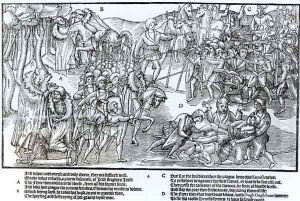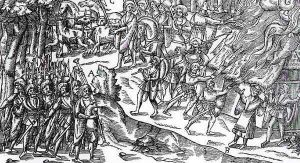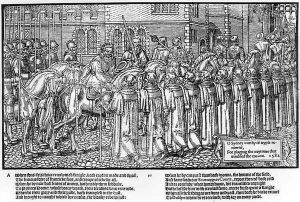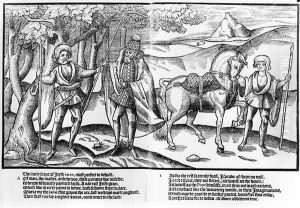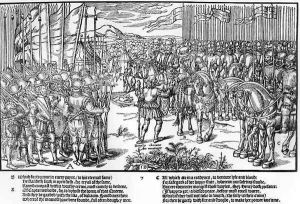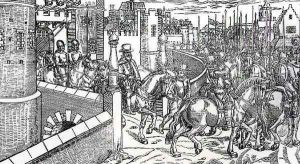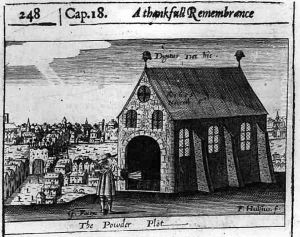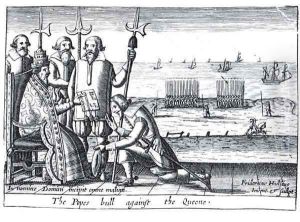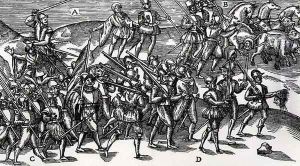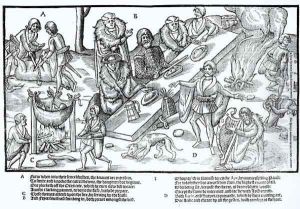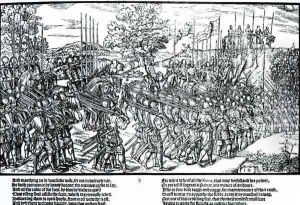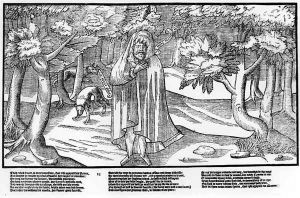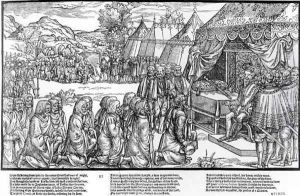Friedrich van Hulsen Paintings
Friedrich van Hulsen was a notable German engraver and artist of the early Baroque period, whose work contributed significantly to the art of printmaking in the 17th century. Born in 1580, van Hulsen's early life details are somewhat obscure, but he is believed to have been born in Germany. His contributions to the art world are more clearly documented from his works and collaborations with other artists of his time.
Van Hulsen's engravings are known for their intricate details and the skillful use of the burin, a tool used in engraving to produce images on metal plates. These images were then inked and pressed onto paper, creating prints that could be widely distributed. His subjects often included portraits, religious themes, and scenes from mythology, reflecting the interests and artistic tendencies of the Baroque period.
Throughout his career, Friedrich van Hulsen worked in various German cities, contributing to the flourishing printmaking scene. He was part of a larger movement that saw artists exploring and expanding the possibilities of printmaking as a form of artistic expression. His works were not only appreciated for their artistic merit but also for the technical skill they demonstrated in the medium of engraving.
Van Hulsen's legacy is marked by his contribution to the development of printmaking techniques and his influence on contemporary and later artists. Despite the scarcity of personal details about his life, his artworks serve as a testament to his skill and creativity. Friedrich van Hulsen passed away in 1665, leaving behind a body of work that continues to be studied and admired for its intricacy and beauty.
